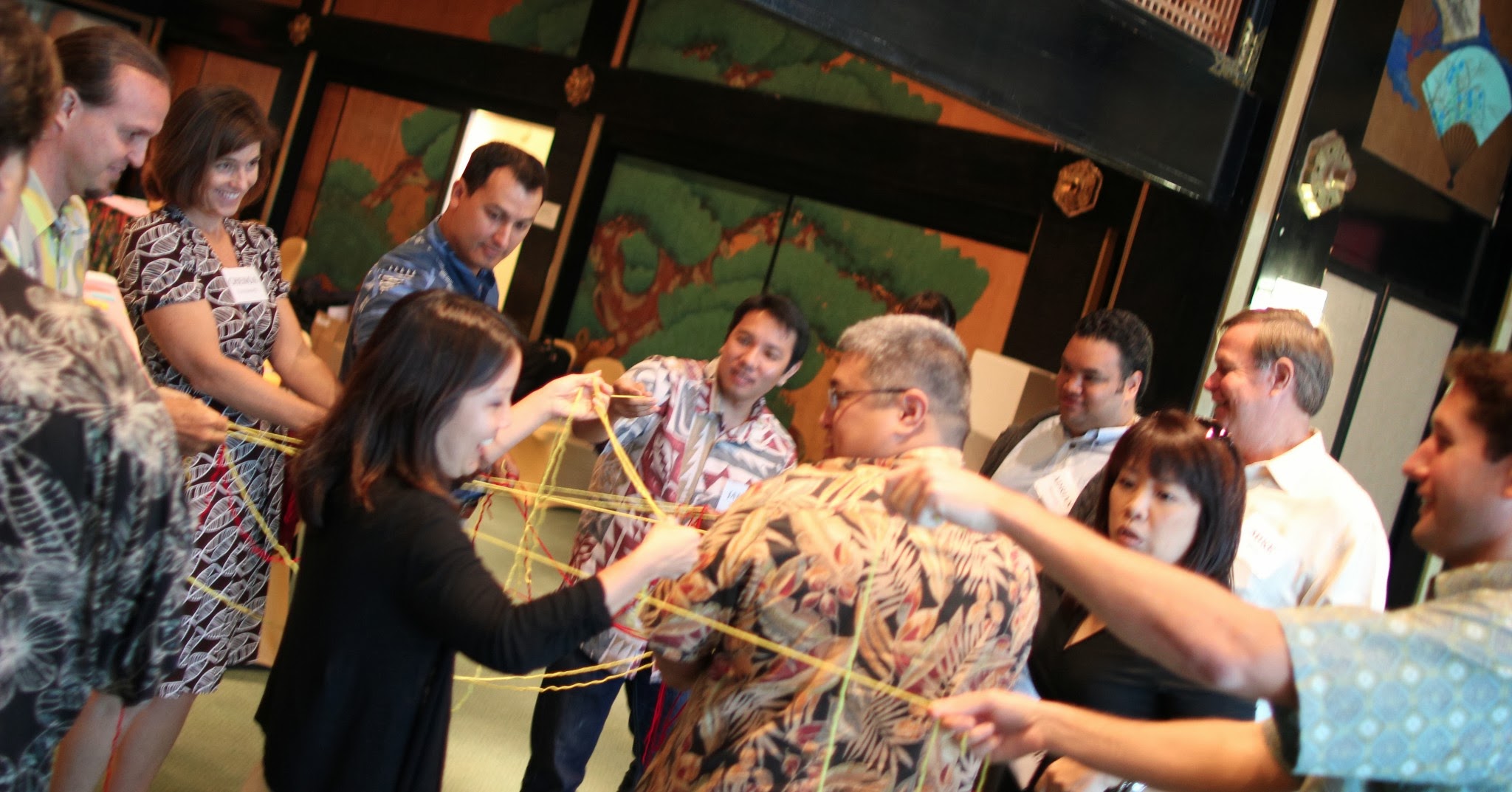Network Mindsets and the Golden Rule
This past weekend, I participated in an education hackathon organized by EduHub for the charter high school, San Francisco Flex Academy. I love hackathons, but San Francisco is saturated with them, so I’m choosy about which ones to attend. I chose to go to this one because I was curious about SF Flex and, more importantly, because actual students would be participating.
I ended up on a team with two great students, Zach and Serena, both of whom were bright, passionate, and ambitious. One of Zach’s great desires was for more interaction with people in industry. He explained that he wanted to design cars, and he was hoping to learn from someone who did that for a living.
As I listened to him talk about his love of cars, I tried to think of people to whom I could connect him. I couldn’t think of anyone I knew, so I pulled another participant into the conversation and said, “Zach wants to design cars. Do you know anyone he could talk to?”
As it turned out, the other participant knew someone who worked at Tesla, and he said he would hook Zach up. I thought that was a generous gesture, but I wasn’t surprised by it. San Francisco is a small place, and in my world, these kinds of introductions happen all the time.
Zach was beside himself with excitement, and afterward, he went out of his way to thank me. All I had done was ask someone else in the room. That other person had made the actual connection, not me. My actions took minimal effort and felt instinctual and obvious. June Holley calls this “network weaving.” It’s a practice that’s deeply embedded in the circles I travel in, and I often forget that not everyone thinks or behaves this way.
When I was just getting started as a collaboration consultant over a decade ago, one of my first clients was the Federal Aviation Administration. A skunkworks group there had started some unofficial Sharepoint groups as a way to encourage collaboration across different departments. These online groups turned out to be very successful, and the powers that be wanted to support them officially. They hired us to help them scale this project across the organization.
Around the same time, I happened to connect with someone from the General Services Administration, who wanted my advice on how to de-silo his organization. It seemed like the perfect opportunity to apply my incredibly sophisticated Beverage De-Siloization Technique (patent-pending), so I decided to share it with him.
“I’m working with a guy at the FAA who’s interested in the same things you are,” I said. “Why don’t I introduce the two of you, and you can get a beer together?”
The exchange that followed was incredibly awkward. The GSA guy truly seemed not to comprehend what I was suggesting. Have a “meeting” after work?! With no agenda other than to connect and exchange stories?! While drinking?! What kind of witchcraft was this?! The GSA guy actually ended up turning down my offer, because he didn’t see value in the connection.
Maintaining the “right” level of connectivity with others is hard. Some people overdo it or do it thoughtlessly, overwhelming themselves and others with introductions to people. I think that most people don’t do it enough. I experience variations of my GSA conversation with others all the time. They don’t understand the value of connecting with others, they feel shy about doing it, or they’re simply not in the habit.
How can we make network weaving a habit?
It starts with the following mindsets:
- Reciprocity (also known as the Golden Rule). Treat others the way you’d like to be treated. Find ways to help others as you’d like to be helped. Assume that others share the same value of reciprocity. Most humans do, and everybody is people.
- Introduce and include others sooner rather than later. The earlier people connect, the more impactful the result.
- Be thoughtful, but not rigid. Don’t connect people or ask for help thoughtlessly, but don’t make too many excuses either.
It continues with practices like these:
- Ask yourself after every meeting, “Whom do I know who could help or who might benefit from this?” Once you’ve answered this, it’s often obvious whether or not to make an introduction or invitation.
- When you find yourself wishing you could talk to someone, just do it. Find that person, and talk to him or her.
- Once a month, make a new connection or deepen an existing one. The Beverage De-siloization Technique works wonders here.
